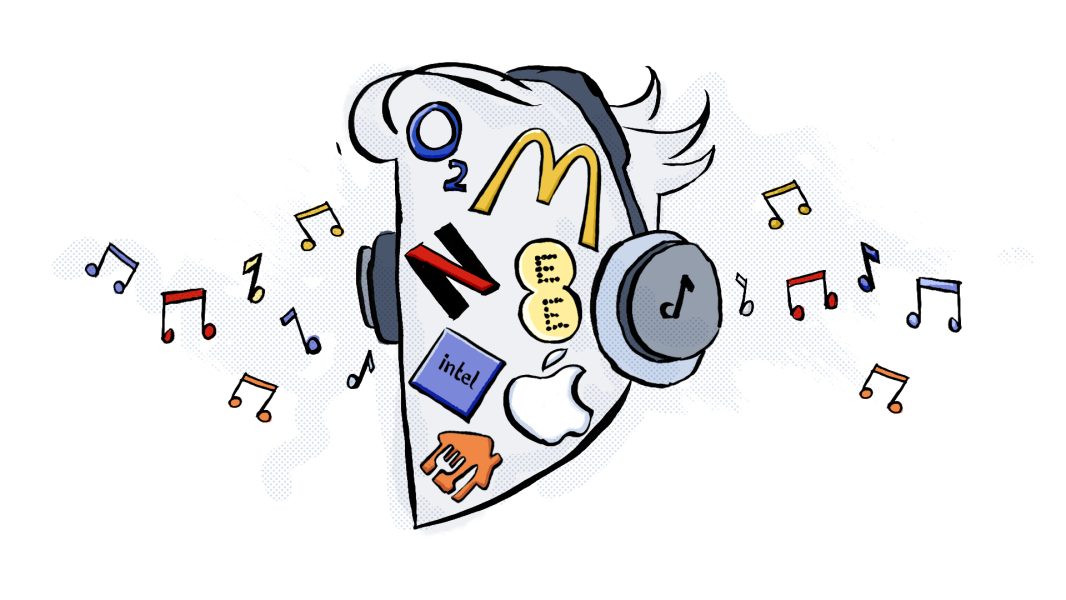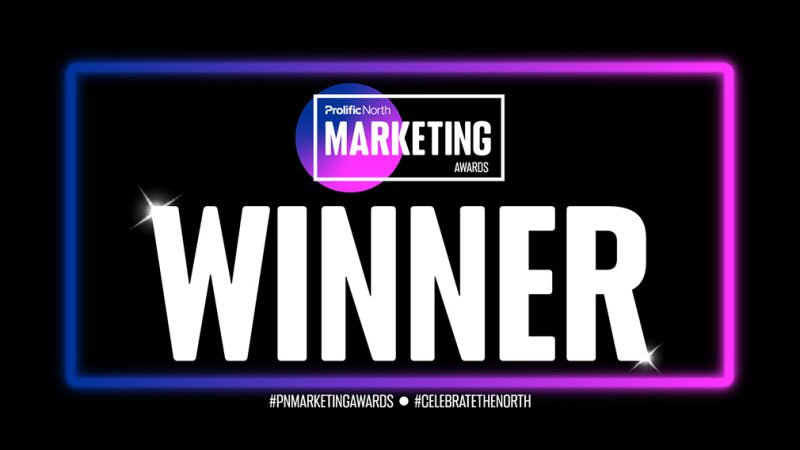The power of sound: a deep dive into audio and sonic branding.
Topic
Audio and Sonic Branding5 mins read

In the world of branding, visual elements have traditionally taken centre stage. Logos, typefaces, colour palettes and imagery are often the first things that come to mind when we think about a brand’s identity. However, in recent years there’s been a growing recognition of the incredible influence that sound can have on a brand’s image and consumer perception. This shift in focus has given rise to the fascinating and ever-evolving world of audio and sonic branding.
Defining Audio and Sonic Branding
Audio branding, also known as sonic branding, utilises sound elements to create a distinct and memorable brand identity. Just as a logo or tagline can instantly trigger associations with a specific brand, the strategic use of audio elements aims to do the same thing through sound.
The key to effective audio branding is to create a unique, consistent and emotionally resonant auditory experience that reinforces the brand’s values and personality. This experience can manifest in various forms, including music, jingles, soundscapes, voiceovers and more. By embedding these elements across various brand touchpoints, such as TV and radio ads, mobile apps, websites and even physical spaces, brands can establish a powerful sonic identity that really resonates with their audience.
Different Types of Audio and Sonic Branding
Audio and sonic branding encompass a wide range of sonic elements and techniques to create a distinct and memorable auditory identity for a brand. Here are some different types of audio and sonic branding:
Jingles
Jingles are short, catchy tunes or melodies often accompanied by lyrics. They’re designed to be memorable and easy to sing along with. When done right, jingles can become a timeless part of a brand’s identity.
Stings
Stings are brief, sound effects or musical cues that serve as quick brand identifiers. They’re typically used in TV and radio ads to punctuate key moments or transitions.
Intro sounds
Intro sounds are often associated with digital experiences. These are the sounds you hear when launching a streaming service or mobile app, visiting a website or even starting up a video game. They set the tone for the user’s interaction with the brand.
Soundscapes
Soundscapes are immersive, ambient sound environments that can be used in physical spaces to create a particular mood or atmosphere. These are often employed in retail environments, hotels and other physical locations to enhance the overall customer experience.
Voiceovers
The use of a specific voice or voice actor can also be a crucial element of audio branding. A distinctive voice can become synonymous with a brand, creating a long-lasting emotional connection with consumers.
Brand theme music
Some brands use original compositions or licensed music that becomes closely associated with their identity. Think of the use of specific songs in TV ads or the theme music for a TV network.
Product sound signatures
Certain products have distinctive sounds associated with their use. For example, the Harley-Davidson motorcycle engine sound or the distinctive clicking of an Apple MacBook keyboard.
Custom sound effects
Brands may create their own unique sound effects to use in their ads or as part of their digital experiences. These sounds can become instantly recognisable and evoke the brand.
Audio logos
These are short audio cues that serve as a brand’s audio signature. Much like a visual logo, they’re brief and instantly recognisable.
Emotional soundscapes
Brands may use sound to evoke specific emotions or moods. For example, a luxury brand might use elegant and soothing music to create a sense of opulence and exclusivity, while a sports brand might use energetic and dynamic sounds to convey action and excitement.
These various types of audio and sonic branding can be used individually or in combination to create a rich and memorable auditory experience that reinforces a brand’s values, personality and positioning.
Some of the Best Examples of Audio and Sonic Branding
Now that we have a clear understanding of what audio and sonic branding is, let’s take a closer look at some of the best examples from global brands that have used sound to create a lasting impression with consumers.
Intel
“Intel Inside” is one of the oldest and most recognisable sonic branding initiatives. The five-note jingle, composed by Walter Werzowa, has been a constant presence in Intel’s advertisements since 1994. To this day, it continues to effectively communicate the brand’s reliability and innovation, making it synonymous with quality computer technology.
McDonald's
“I’m Lovin’ It” is a global jingle that’s been associated with McDonald’s since its inception in 2003. With its catchy ba-da-ba-ba-ba melody and simple lyrics, it’s an earworm that’s difficult to forget. The jingle has not only unified McDonald’s marketing efforts worldwide but has also become part of pop culture, so much so that the brand has now even dropped the lyrics and replaced them with a whistle instead.
JustEat and We Buy Any Car
In a similar way to McDonald’s, JustEat and We Buy Any Car have both harnessed the power of catchy jingles in their audio and sonic branding. JustEat’s “Did somebody say Just Eat?” and We Buy Any Car’s “We Buy Any Car, dot com” jingles become engrained in consumers’ minds, reinforcing brand recognition and making their services instantly memorable. JustEat’s annual remixes featuring global music icons are particularly impressive.
O2 and EE
O2 and EE employ renowned actors Sean Bean and Kevin Bacon respectively for their audio and sonic branding, creating a unique and memorable presence. Sean Bean’s voice adds gravitas and familiarity to O2, while Kevin Bacon’s dynamic persona energises EE. These immediately identifiable voices enhance brand identity and resonate with their diverse customer base.
Netflix
Netflix’s audio and sonic branding is epitomised by its iconic intro sound, a simple yet instantly recognisable ta-dum. It signifies the start of quality entertainment, creating anticipation and setting a unique tone for viewers. This audio cue has become synonymous with Netflix, forging a strong emotional connection with its audience, and has been copied by every other streaming service since.
Apple
Apple’s audio branding extends beyond its famous intro sound. The sound of unlocking an iPhone, the swoosh of sending an iMessage and various other audio cues are all meticulously designed to provide a harmonious and satisfying user experience. These sounds have become synonymous with Apple’s sleek and modern brand identity.
These examples illustrate the power of audio and sonic branding in creating strong emotional connections with consumers and establishing a distinct brand identity. In a world saturated with visual stimuli, it just goes to show that sound, whether it’s a jingle, intro sound or familiar voice, can cut through the noise and leave a lasting impression. As technology and consumer behaviours continue to evolve, it’s clear that sound will remain a vital and dynamic element of brand identity long into the future.
Are you interested in creating your own audio or sonic brand? Get in touch today and find out how we use sound to bring brands to life.

